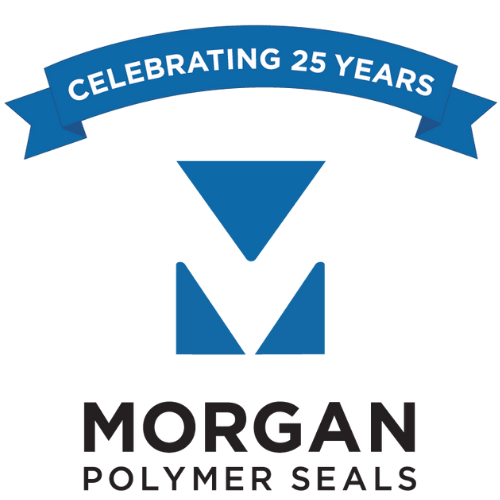What is Takeover Tooling? (And why does it matter for your supply chain?)
What is Takeover Tooling?
In rubber gasket molding, takeover tooling is when an OEM/manufacturer sources a new supplier with a requirement of using the existing tool, or mold, used by their previous supplier to produce the part with a new supplier. In this situation the tooling is the property of the customer / OEM.
The manufacturer sourcing the product usually moves their tool to a new supplier because their current supplier is experiencing difficulties and they’d like to switch suppliers without incurring the cost of a new tool. Supplier difficulties can range from delayed delivery, to quality issues. And more often lately, a manufacturer engages in takeover tooling with a new supplier because their current supplier has raised prices.
What are the risks of Takeover Tooling?
Takeover tooling can pose risks to the OEM customer sourcing the rubber gaskets and risks to the new supplier making the part. The new supplier risks receiving a tool from the OEM that is damaged or unsuitable for their presses, which can create unforeseen costs and delayed production. In some cases, production with the original tool may prove unfeasible. And since the new supplier is typically using a different material than the incumbent supplier, the new material compound could create dimensional or functional differences.
Takeover tooling also poses challenges for the customer. It requires them to amass a bank of parts from their incumbent supplier ahead of the transition so there is no supply disruption. There is the risk that the stressed supplier will be unwilling to cooperate with the transition, or that the new supplier cannot manufacture good parts. In this case, the OEM risks being forced to return to their original supplier, often at a higher price.
What are the benefits of Takeover Tooling?
If properly executed, the main benefit of takeover tooling is cost savings. Successful takeover tooling allows the OEM to switch suppliers without paying for a new tool. Successful takeover tooling can also save time because a new tool does not have to be built.
Once the new supplier receives the mold from the OEM’s incumbent supplier, the OEM expects the new supplier will supply parts quickly after PPAP, since that tool has a proven track record.
How can an OEM achieve successful Takeover Tooling?
At Morgan Polymer Seals, we’ve successfully integrated takeover tooling for OEMs looking to make a change from their stressed supplier.
The process typically starts with a market test RFQ so the OEM customer can confirm the cost benefits of moving their tool to a new supplier. The customer must also weigh the impact the move will make on their relationship with the incumbent supplier.
Next, our engineers review a drawing or inspection of the tool and work closely with the customer to confirm that the condition of the takeover tool is suitable to run in our presses. Communication and cooperation at this early stage help to set expectations and avoid manufacturing delays.
Once we receive the customer’s tool from their incumbent supplier, we make sample parts to confirm the tool’s dimensional and functional accuracy, and PPAP the program for our high-efficiency presses.
Could your supply chain benefit from takeover tooling? Contact us to learn more.
While you’re here, check out this 2-minute video about our automated vision inspection machines.




